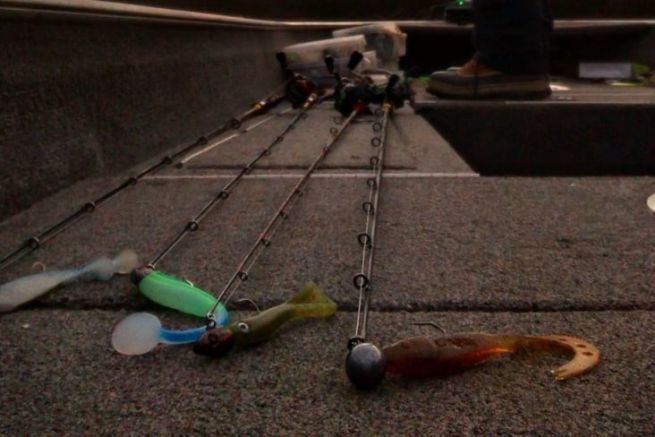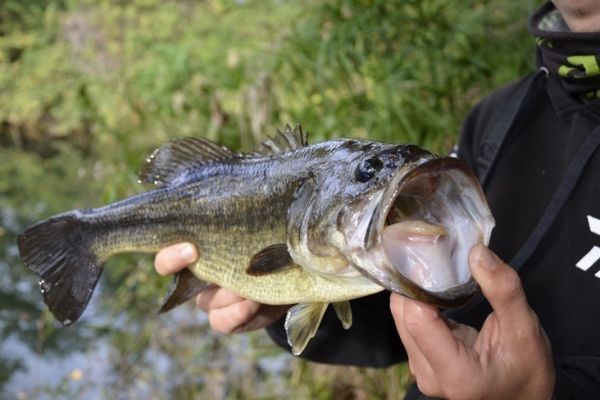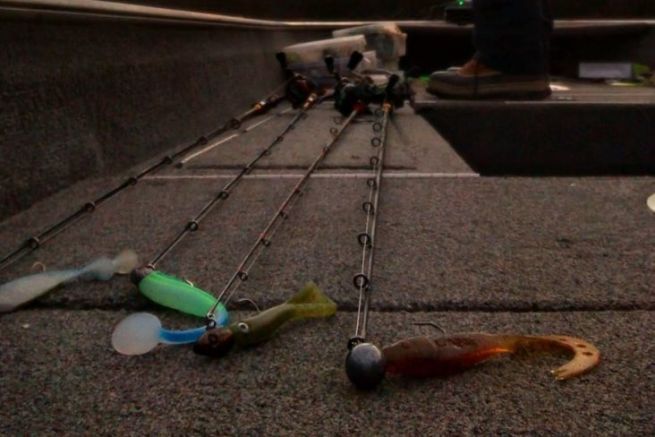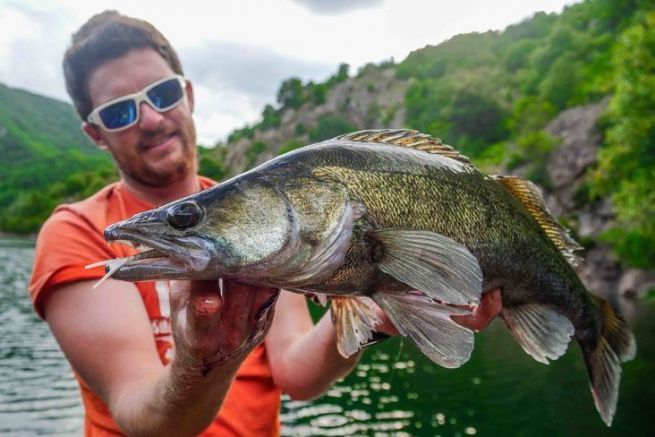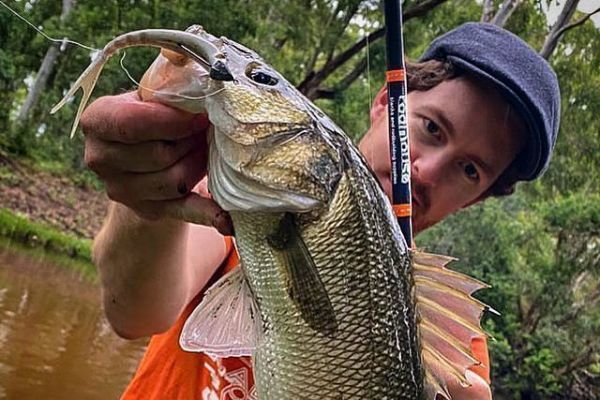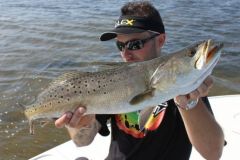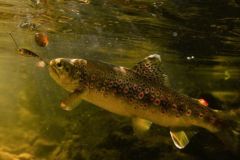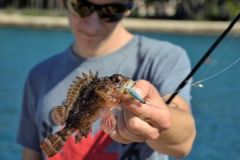A little Finess in this world of brutes
Within the soft lures, there are several types of lures:
-
The Creatures as their name indicates, they aim at imitating an insect, a crustacean or any other invertebrate. There are hundreds of models on the market, and as many ways to mount them, to get closer and closer to the reality of prey and hope to fool the maximum of predators.
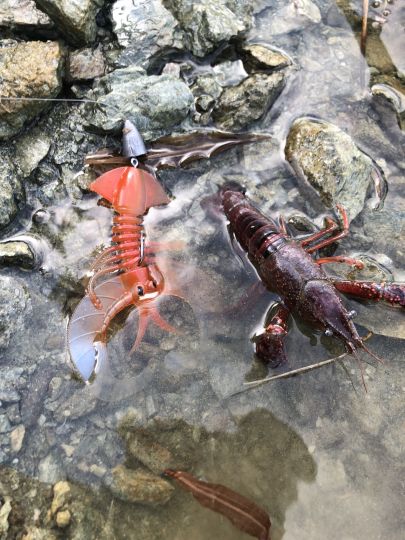
-
The Shads are lures that have a fish shape, which can be very thin in section or on the contrary quite stocky and whose tail ends in a paddle that is perpendicular to the body. This tail can have a more or less pronounced angle downwards, its shape and size determining the swimming and the type of vibrations emitted by the lure.
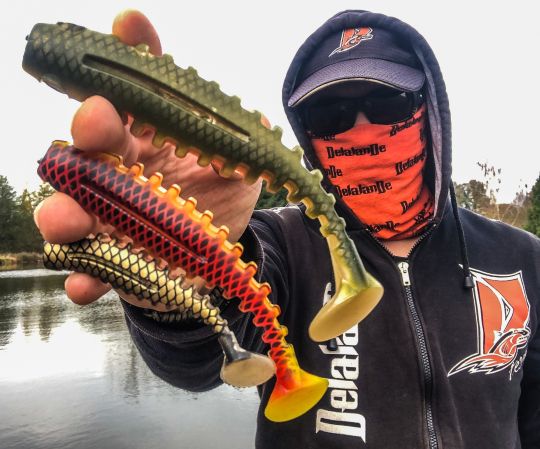
-
The Grubs they are the first born of the soft lure family and have a body that can be similar to that of a shad. The tail is very thin and is an extension of the lure and comes back on itself, forming a comma. Their swimming is generally more ample and the vibrations finer than the shads.
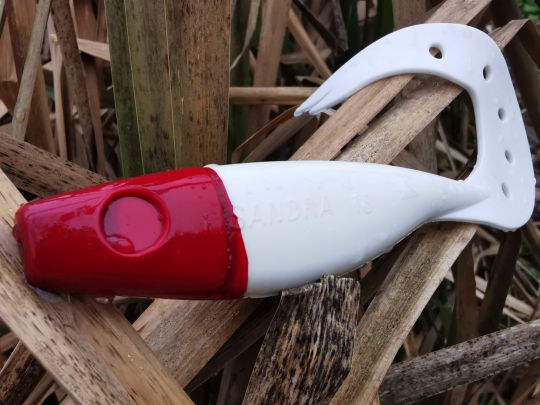
-
The Finess like our two previous types of lures, they are designed to imitate a fish. However, the section of their body is generally quite thin, hence their name, and they have either a V-shaped tail in prolongation of the body, or no tail at all, simply a reduction of the diameter of the latter, making the whole more mobile and lively.
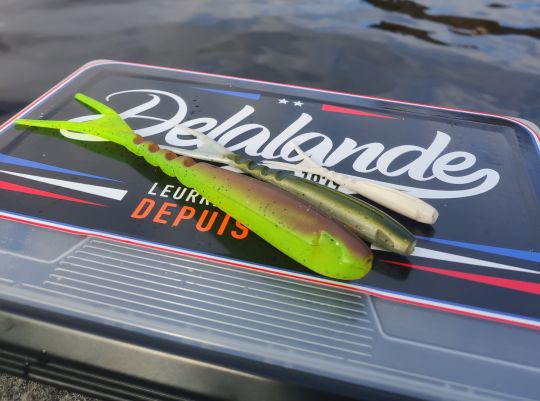
A type of soft lure that makes a difference
It is to this last type of lure that we are going to focus, indeed thanks to its shape and the absence of paddle, the Finess V-tail, with a bifid tail, emits fine vibrations, which, on certain fish, in certain cases/milieu are much more effective than shads. Generally speaking, these lures are a bit shunned by fishermen, on the one hand because they are not really felt in the rod, compared to a shad for which we have a lot of feedback, and on the other hand, because the first reflex of an angler when he attaches his lure is to make it swim in front of him, in a horizontal plane, in order to admire it and it is true that a Finess is not very demonstrative, it was designed to progress in a vertical plane ... This lack of interest remains a big advantage for its users by the simple fact that the fish are much less used to it.
A more pronounced resemblance
The use of a lure is, as the name implies, a way of trying to lure a predator by offering an imitation of its usual food. Keep in mind that when you watch a real fish swim, it doesn't have a big paddle that makes its whole body undulate while offering a big rolling motion. It is more a question of small movements of fins and thus of small vibrations. When you stand in front of an aquarium and watch a fish move, you see very little movement, yet it moves water, just like a Finess lure.

